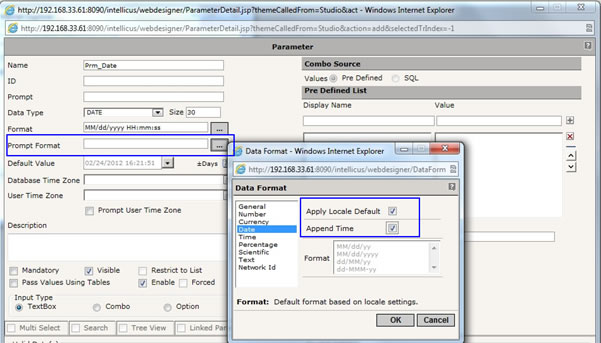



Set the display formatting for numeric and date field types.Ĭlick the Determine display formatting for numeric and date field types button to open the Number Format dialog box. To turn all fields on or off, use the check box in the column header. Turn on highlighting for a field to accentuate the field when displayed.Ĭheck or uncheck the box next to the field. If one or many rows are selected, double-click a check box, or hold the Shift or Ctrl key and click to turn editability on or off for all selected rows.Ĭlick the Alias column for the field row and enter a field alias. To turn editability on or off for all fields, check the check box in the column header. In the Read Only column, check the check box to turn field editability on or off. If one or many rows are selected, double-click a check box, or hold the Shift or Ctrl key and single-click to turn visibility on or off for all selected rows. To turn visibility on or off for all fields, check the check box in the column header. In the Visible column, check the check box to turn field visibility on or off. In the fields view, you can edit the fields and their properties, delete fields, and create new ones. This allows you to model the attributes that are shared by a collection of features or objects in a table. In ArcGIS Pro, you can view and manage the fields of a layer or table in the fields view. In this example, each building has common fields for name, size, operating hours, and so on. Each row in the table represents a building on the Esri campus, and all of the buildings share a set of common fields. The image below shows the attribute table for the Campus Buildings layer from the Campus Editing data model. Each field in a table can store a specific type of data, such as a number,įields form the attribute information for each layer in the map or stand-alone table. The variablename can be any variable except a user-defined data type (data type defined using the Type statement) variable. The function returns an Integer indicating the variables subtype. Breast cancer is a heterogeneous disease, and understanding the gene expression profile associated with each subtype provides clues that help explain clinical behavior of different breast cancer tumors and offers hope of targeted therapy. Use the VarType Function to determine the subtype of a variable. In ArcGIS, rows are referred to as records and columns are referred to as fields. The four intrinsic molecular subtypes of breast cancer are luminal A, luminal B, HER2-enriched, and basal-like. Tabular information consists of rows and columns, all rows having the same columns. Layers in a map, such as city streets, buildings, or address points, are essentially tables that include information about the geometry and location of those features. Tables are a collection of information, such as a list of building owners, employees, or customer information. Tables form the foundation of geographic data and are the fundamental building blocks of any data model. In certain countries, 24-hour time is referred to as military time, since this is the time format used by militaries (and other entities) around the world, where unambiguous time measurement is particularly important.Fields are the components that provide structure for a table. The hours from 0-11 denote what would be the AM hours on a 12-hour clock, while hours 12-23 denote the PM hours of a 12-hour clock. This time format is an international standard, and is often used to avoid the ambiguity resulting from the use of a 12-hour clock. Using the terms "12 midnight" and "12 noon" can remove ambiguity in cases where a person may not be accustomed to conventions.Ī 24-hour clock typically uses the numbers 0-23, where 00:00 indicates midnight, and a day runs from midnight to midnight over the course of 24 hours. On digital clocks and watches, "AM" stands for ante meridiem, meaning "before midday," while "PM" stands for post meridiem, or "after noon." By convention, 12 AM denotes midnight, while 12 PM denotes noon. Payments/Deds. Depending on the clock being used, most analog clocks or watches may not include an indication of whether the time is in the morning or evening. Dates and Times Use HH to use the 24-hour clock Use hh to use the 12-hour clock. HR Time Record- Infotype 2010 (Employee Remuneration Info.) HR Master Record- Infotype 0014 (Recur. Most people read time using either a 12-hour clock or a 24-hour clock.Ī 12-hour clock uses the numbers 1-12. Related Time Card Calculator | Time CalculatorĪn hour is most commonly defined as a period of time equal to 60 minutes, where a minute is equal to 60 seconds, and a second has a rigorous scientific definition.


 0 kommentar(er)
0 kommentar(er)
